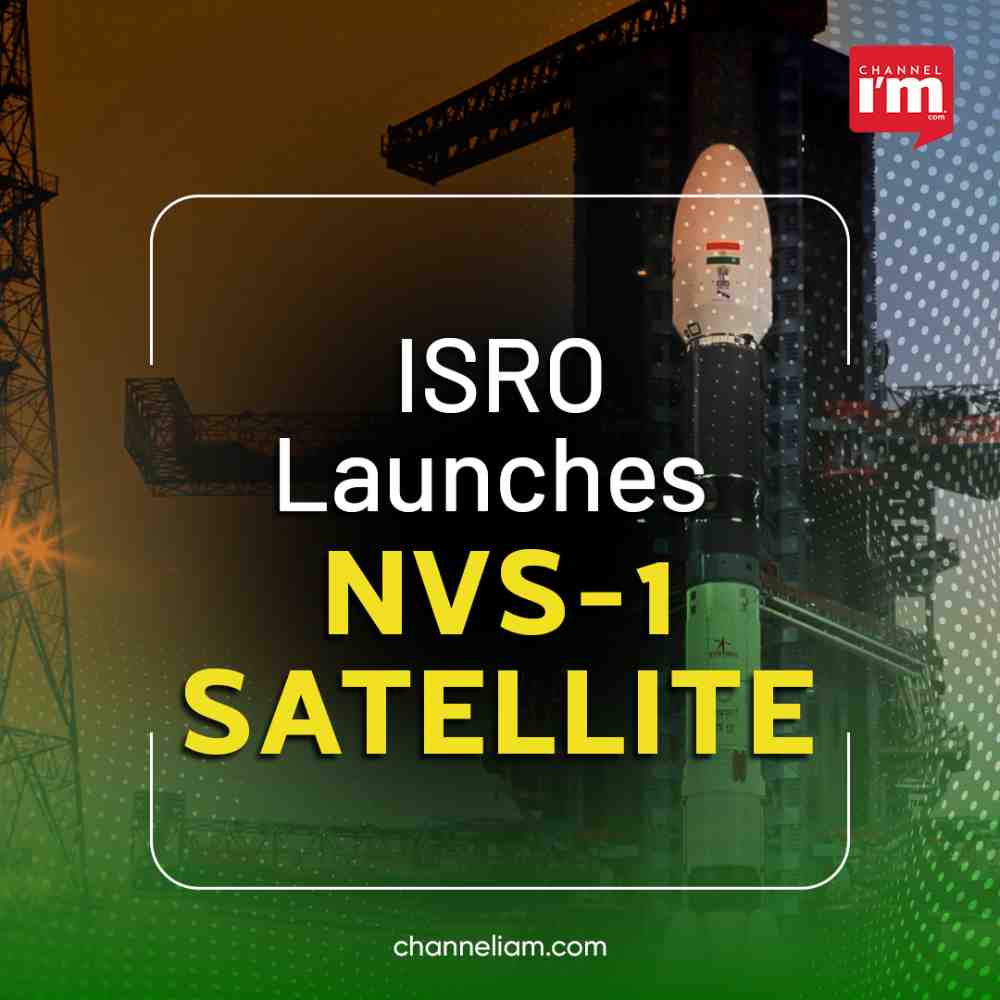The Indian Space Research Organisation (ISRO) achieved another milestone on Monday with the successful launch of its fifth satellite of 2023. Named NVS-1, this 2,232-kilogram satellite is a crucial component of the NavIC series, aimed at enhancing India’s navigation capabilities. The Geosynchronous Satellite Launch Vehicle (GSLV) F12 rocket, launched from the Satish Dhawan Space Centre, carried NVS-1 into space.

NavIC: Revolutionising Navigation in India
NavIC, developed by ISRO, is a regional satellite navigation system comprising seven satellites working in conjunction with ground stations. It provides positioning, navigation, and timing services to both civilian and military users. The system was specifically designed to address the needs of India’s civil aviation sector, offering improved services beyond the country’s borders.
Introducing NVS-1: Advancements in Navigation
NVS-1, part of the second-generation NavIC satellite series, ensures the continuity of existing NavIC services while introducing new capabilities in the Li band. The satellite features a standard 1-2K bus and is compatible with the GSLV rocket’s launch criteria. It incorporates two solar arrays generating up to 2.4 kW of power and is equipped with a lithium-ion battery for uninterrupted operation during eclipses.
Unique Features and Technological Strengths
NVS-1 boasts passive and active thermal management systems, a unified bi-propellant propulsion system, and a three-axis body-stabilised zero-momentum system. Notably, the payload includes a Rubidium atomic clock developed in-house by the Space Applications Centre in Ahmedabad, showcasing India’s technical prowess in this field.
India’s Impressive Launch Capabilities
This successful launch marks the second mission in a month and the fifth of the year for Isro. In April, the agency completed the PSLV-C55 mission, deploying two satellites, including the TeLEOS-2 with a synthetic aperture radar (SAR) payload. The PSLV-C55 mission highlighted the collaboration between India and Singapore in space exploration and technology.
GSLV’s Role and Specifications
This mission also signifies the ninth flight of the GSLV with the indigenous cryogenic stage. The GSLV, a heavyweight rocket measuring 51.7 metres in height and weighing 420 tonnes, is capable of reaching an apogee of 36,568 kilometres. After approximately 18 minutes of flight, the payload is expected to separate.
With the successful launch of NVS-1, ISRO continues to demonstrate its commitment to advancing India’s space exploration and strengthening its navigation capabilities. The NavIC system, powered by state-of-the-art satellites, plays a crucial role in various sectors, including transportation, research, and safety, positioning India as a prominent player in the Global Space Industry.
